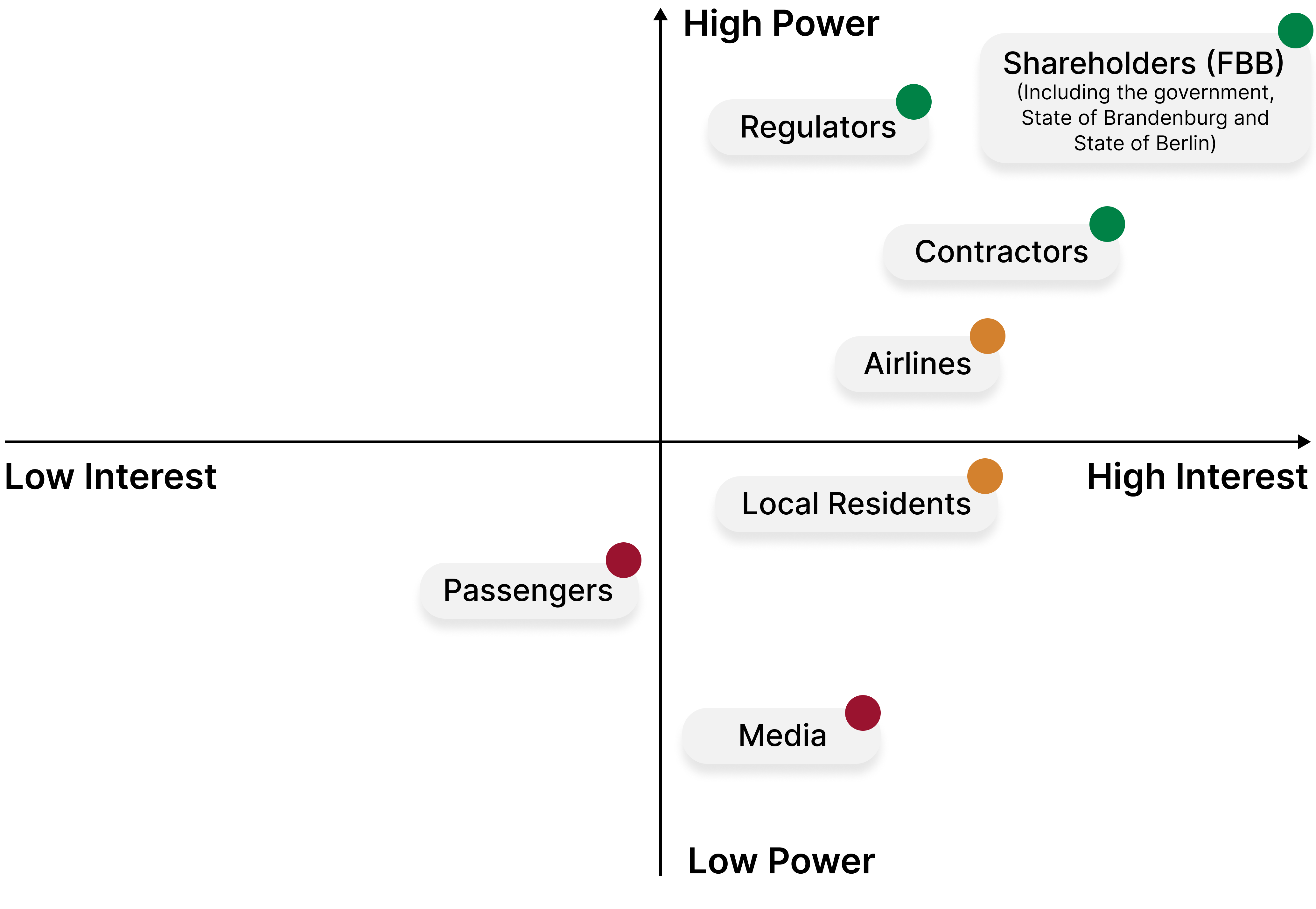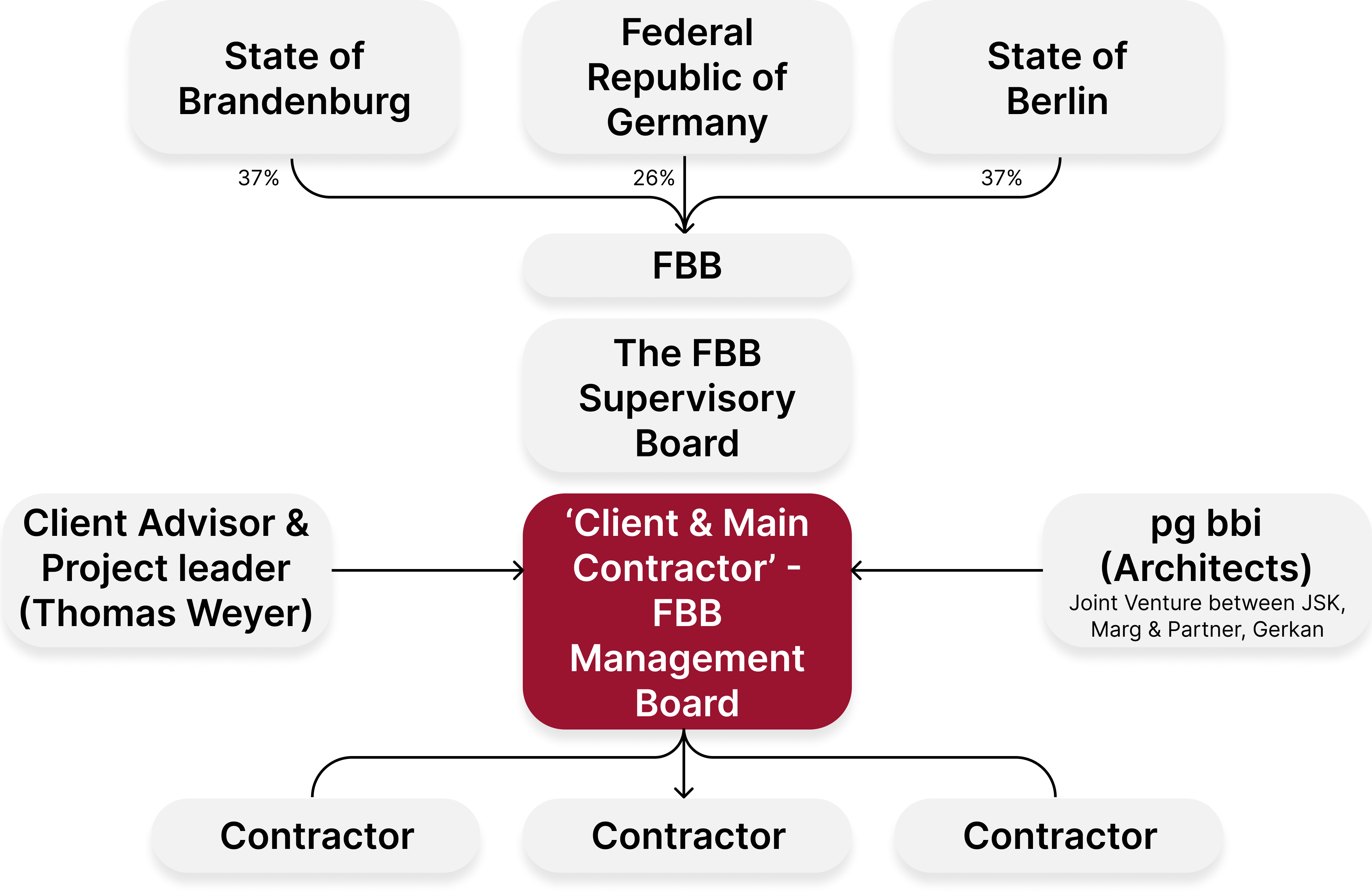Context
Berlin Brandenburg Airport (BER) has emerged as Berlin's primary airport, boasting a capacity of over 40 million passengers annually. It showcases advanced functionality, notably an efficient baggage system handling up to 7000 bags per hour, and sustainable features like rainwater infiltration. Its flexible design allows for future expansion if demand grows. Initially conceived to replace three outdated airports, BER suffered immense setbacks, being completed nine years behind schedule in 2020 at a cost exceeding €7 billion, three times the initial estimate. The project management failures were extensive, spanning all aspects of the PMI's Project Management Body of Knowledge.
Leadership issues, including frequent CEO changes, lack of qualifications, information withholding, and corruption, exacerbated communication breakdowns and integrity breaches. Over 120,000 defects were reported, significantly inflating costs and timelines. The report delves into project management strategies from planning to completion, analyzing stakeholder engagement, time-planning, organization, risk management, and quality control. Key lessons from the project's failures are distilled to guide future construction endeavors.
 Figure 1. Airport Stakeholder Power Interest Matrix
Figure 1. Airport Stakeholder Power Interest Matrix
Project Analysis
The Brandenburg Airport project was initiated to address the inadequacies of Berlin's aging airports and to bolster the city's infrastructure and global connectivity. However, its journey from inception to completion was fraught with challenges. The selection of the site near Schönefeld airport was met with controversy due to the relocation of a village and subsequent protests from local communities. Despite intentions to make it a major connection hub for Europe, setbacks such as the bankruptcy of key airlines and construction companies disrupted these plans.
Stakeholder analysis revealed a complex web of interests and power dynamics, with government entities, regulators, contractors, airlines, and local communities all playing significant roles. Delays plagued the project, stretching its timeline from an initially planned completion in 2011 to the eventual opening in 2020, nine years behind schedule. Mismanagement, budget overruns, scandals involving bribery, and a lack of transparency further exacerbated the project's challenges. The organizational structure, relying heavily on subcontractors due to the failure to secure a main contractor, also contributed to inefficiencies and complications.
 Figure 2. Actual Project Organisation Structure
Figure 2. Actual Project Organisation Structure
 Figure 3. Vicious Spiral of Project Management Issues
Figure 3. Vicious Spiral of Project Management Issues


